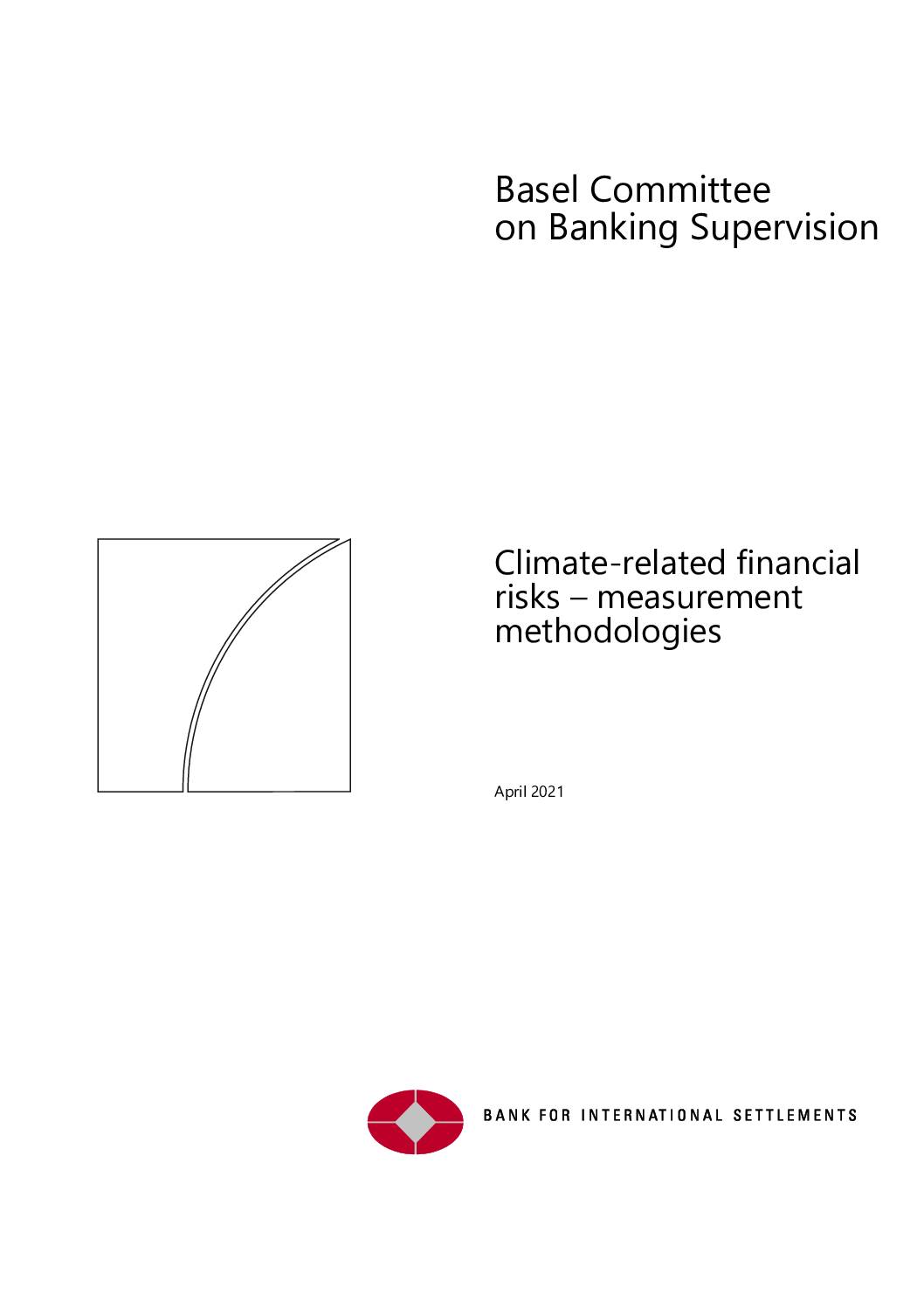Climate-related financial risks have unique features, which means that sufficiently granular data and forward-looking measurement methodologies are needed to address them. While scenario analyses and stress tests have evolved, additional data is needed to translate the vulnerability of exposures into financial loss estimates.
A component of risk assessment is identifying material risk transmission channels according to the exposure profile of a particular bank or banking group, around which monitoring processes can be shaped. For real estate exposures, a variety of indicators have been developed including measures of carbon/emission intensity, energy efficiency or energy label distribution of real estate, or physical risk vulnerability of collateral positioned in risky regions.
Banks and supervisors can generally turn to the financial variables typically used in conventional risk measurement techniques – data used to project cash flows, valuations, or prices.
Performing risk analyses at the bank or banking system level, data on portfolio composition and relevant information on counterparties are needed to estimate potential impacts on these exposures such as the probability of default (PD) and loss-given-default (LGD) parameters in the credit valuation process or revenue forecasts in the strategic planning process. Furthermore, for modelling potential bank liquidity impacts due to climate risk, data reflecting the rollover, withdrawal, or pricing behaviors (among others) of funding providers (e.g., depositors, bondholders, wholesale funds) in response to climate risk drivers is also a gap that needs to be addressed.
Microprudential climate risk classification would further differentiate between exposures according to their relative vulnerability to climate-related risks.
Link to resource Download sourceShare this

Sectors: Buildings, Finance
Country / Region: Europe
Tags: assessment of the status quo, assessments, climate risk analysis, climatological variables, energy, energy input labelings, funds, Industry Regulators, Institutional Investors, Investors, labeling, National Regulators, projects, risks, SMARTER, Supranational RegulatorsIn 4 user collections: Green Home Investment Platform – Industry Regulators , Green Home Investment Platform – National Regulators , Green Home Investment Platform – Supranational Regulators , Green Home Investment Platform – Institutional Investors
Knowledge Object: Web Resource
Author: Bank for International Settlements
